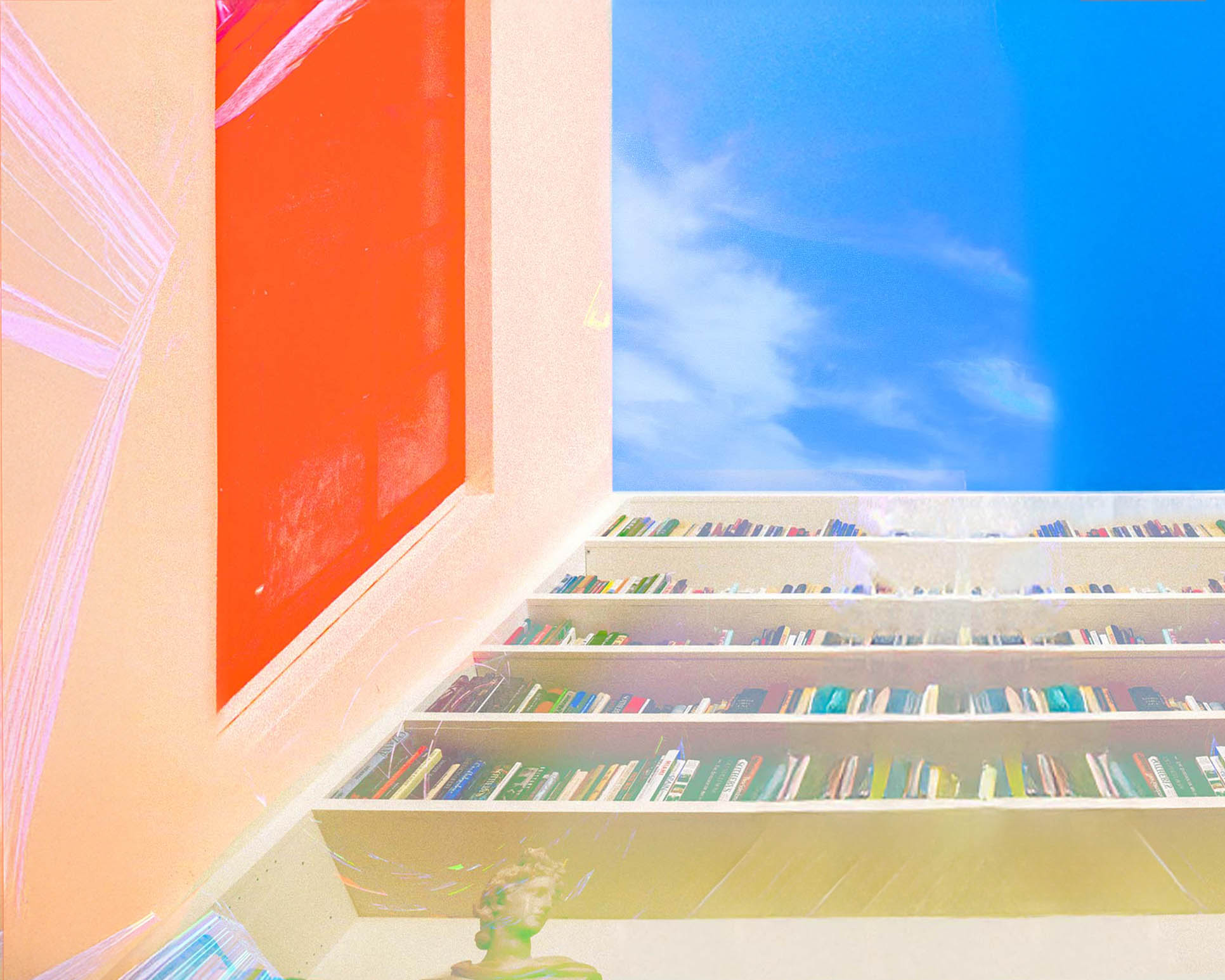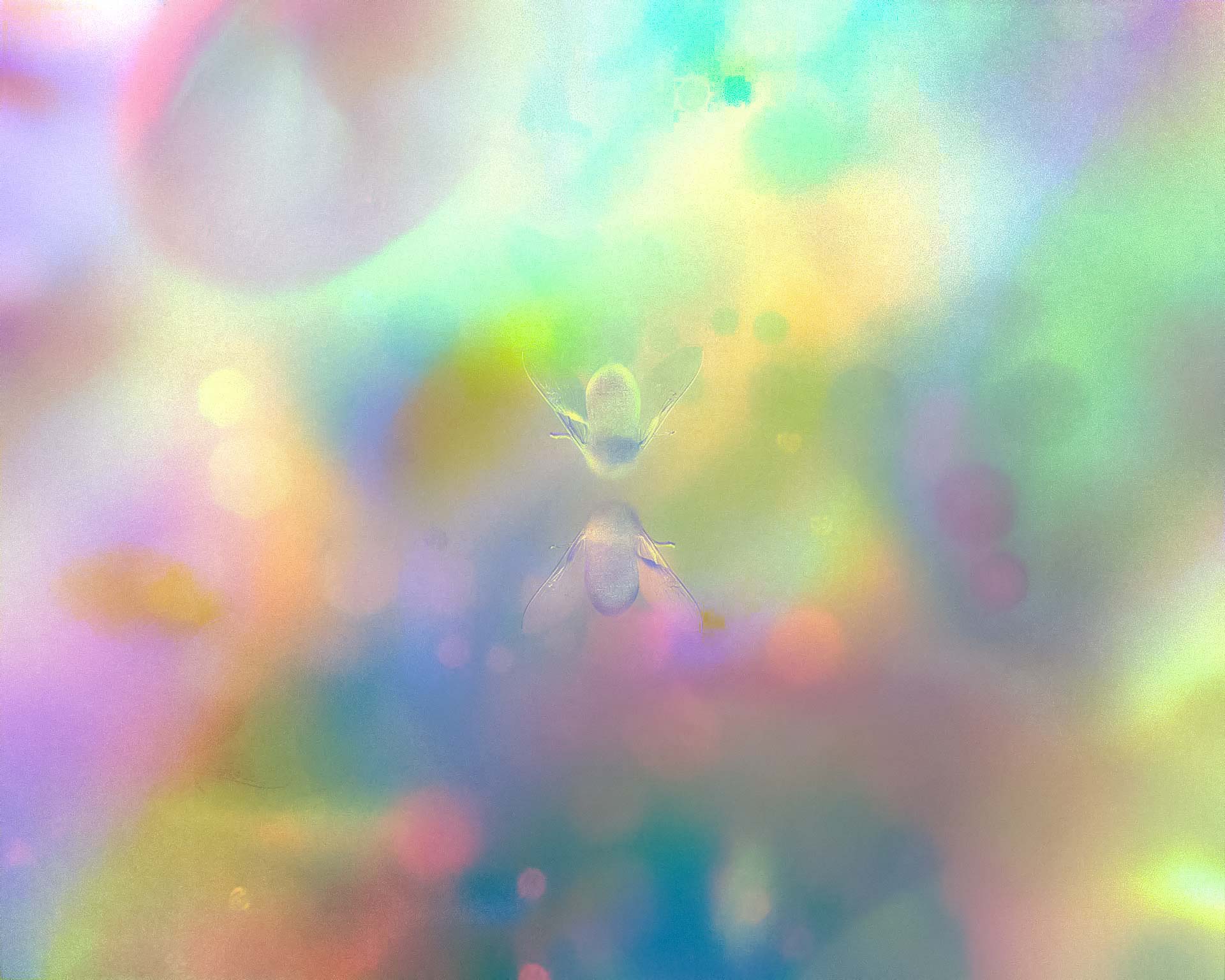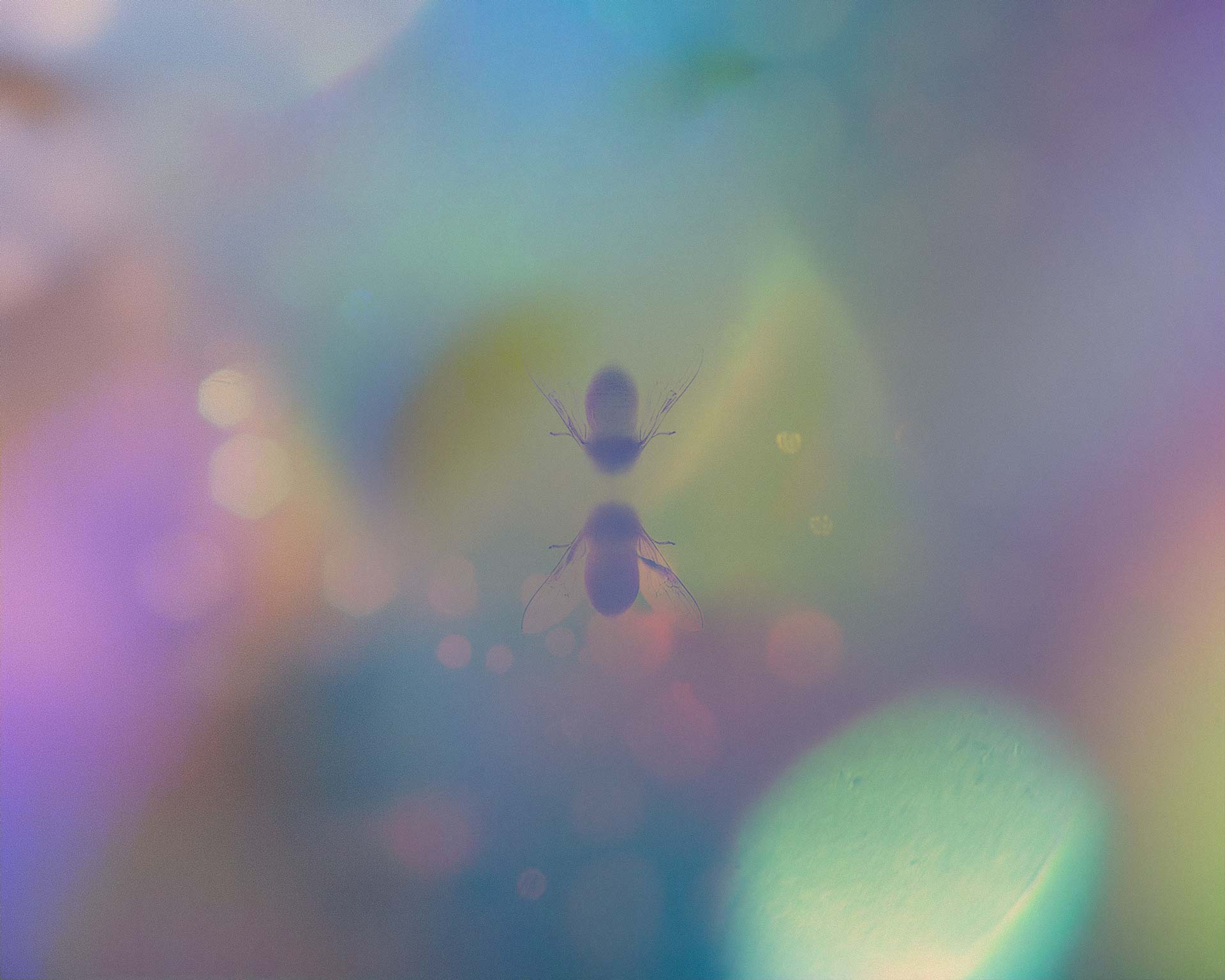A constantly changing state doesn’t mean it’s happy to change. The resistance to perpetual dynamism is perhaps embedded in us, but maybe we just need to modify our definition of change. Zygmunt Bauman coined the term to describe the condition of constant mobility he saw in relationships, identities, and global economics within a contemporary society.
But where does “contemporary society” end?
Yesterday? One year ago? Ten years ago? How much time does it take to set a full stop to an era? To describe it? We would say that the “contemporary” as defined by Bauman ended before the Covid era. A game changer in all fields, the pandemic has been a threshold for redefining what's possible, and what still isn’t.
At this point, as some of our affectionate readers probably already know, we need to get some SEO done, that is: brand consultancy, copywriting, marketing consultant, brand positioning… As you may know, I work in a team of people who strongly advise me to do some SEO. I’m a team player, that’s what I do.
The impossible task of defining a threshold, something that, strictly speaking, does not exist by definition, is overcome by the ultimate question: why do we fear change? Why does the changing of shape impact so much on what we feel in our bones?
As a most notable, completely unknown contemporary author says… “What I really need to feel, just once, is not to feel the weight of my own bones''.
Hence the question: how can water manage to bear it all? The Queen of all Transformations. The Master of Shapes and Forms. Is it that senseless, not-human quality that allows it to change, continuously, without pain?
Form follows function, some architects would say. I know, I know, not everyone agrees. Stay with me anyway for the sake of the narrative. Yet some objects, the most iconic ones, do not have a purposeful, given function. Take Alvar Aalto’s littala vases: we call them vases, yet some 85 years after their presentation we still wonder “What do they represent? What do their forms resemble?”. Some would say lakes, some would know better than labeling them. In any case, Aalto didn’t express an intended use for them, he just let people free to decide, to experiment, to play.
Where are we going with this article?
Nowhere.
Take it as a stream, and leave it when you feel you have taken all you could.
What was the Homeric epithet for Ulysses? Polytropos.
Tell me, Muse, of the man of many ways, who was driven
far journeys, after he had sacked Troy’s sacred citadel.
Many were they whose cities he saw, whose minds he learned of,
many the pains he suffered in his spirit on the wide sea,
struggling for his own life and the homecoming of his companions.
Even so he could not save his companions, hard though
he strove to; they were destroyed by their own wild recklessness,
fools, who devoured the oxen of Helios, the Sun God,
and he took away the day of their homecoming. From some point
here, goddess, daughter of Zeus, speak, and begin our story.
(The Odyssey of Homer, translated by Richmond Lattimore. - New York: Harper & Row, 1967)
Again, a tale of changing shapes, a tale of suffering. A tale of water, of sea. A journey. A tale of complexity, an interpretation of flexibility. Ultimately: a tale of success.
If covid were a brand, which kind of brand would it be?
We know we’re pushing some boundaries here, but we’re still small enough to provoke and we’re going to take full advantage of that.
What are the things the COVID-19 pandemic has changed? Work, life, lifestyle, work-life balance. It has changed the way we live our days, as simple as that.
So, follow me a little, just a harmless mental experiment: if COVID was NOT meant to breathe with negative associations, which new ones does it arouse? Which emotional response does it embed?
The first image that comes to mind is the one of a tide. A high yet invisible wave that overnight can change the appearance of an entire coastline, the very atmosphere of villages and the emotions people feel when peaking outside their windows.
A tide, something formless, something difficult to seize. Something difficult to measure, too. A metaphorical tide that has strongly pushed us towards change. At least, for our little habits.
And if it was to be rebranded…
That’s THE question. What would it look like? Which color would be its trademark? Which tone of voice would define it? What will covid stand for?
Possibly, once today's "contemporary" fades into tomorrow's, will COVID simply mean "change"? And, symmetrically, would it symbolize the fear it implies?
To be honest, we will never be good at SEO ranking. Google is not meant for topic-hoppers and tightrope walkers trying to connect the dots in unrelated fields.
Tell us how politically incorrect we are at




